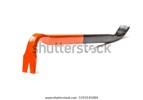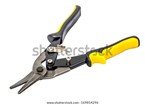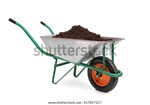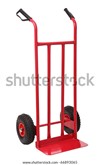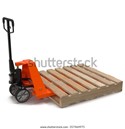Welcome to handle carpentry materials. This module will run through the skills and knowledge required to safely manually handle and store carpentry materials, meeting all relevant requirements of work health and safety (WHS) and Commonwealth and state or territory legislation.
As you progress through the learning, you will learn how to:
- plan and prepare to handle carpentry materials by reading and interpreting work instructions for the task, selecting tools and equipment and selecting PPE for each component of the task.
- plan for all work to comply with legislation, WHS requirements, environmental requirements, manufacturer specifications and workplace requirements, policies, and procedures.
- inspect the worksite to locate services, assess hazards and apply risk controls (including signage and barricades)
- unload and move materials to a specified location (or locate materials at a specified location) safely and efficiently.
- apply safe manual handling techniques
- sort materials for type and size
- stack materials safely and efficiently
- protect materials against physical and water damage
- prepare materials for mechanical handling.
- check and store tools and equipment in line with workplace requirements and report any faults.
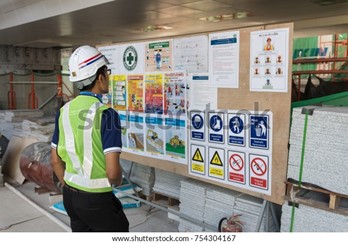
Legislation
It is important to understand that Legislation is one of the fundamental aspects that needs to be considered in the construction industry and you will come to find, as you progress through your studies, you are going to be seeing it quite frequently.
Legislation in the construction industry ensures the quality of constructing buildings and ensures the safety of people. The following legislation is relevant to this module:
- Building Act 2004 (and relevant state and territory instruments)
- Building Regulations (relevant to each state/territory)
- Work Health and Safety Act 2011 (and relevant state and territory instruments)
- Work Health and Safety Regulations 2011 (and relevant state and territory instruments)
- The Environmental Planning and Assessment Act 1979 (and relevant state and territory instruments)
- The Environmental Planning and Assessment Regulations 1979 (and relevant state and territory instruments)
- Other state and territory-based legislation and policies affecting buildings as described in NCC2019 (See Schedule 1)
- Relevant local laws depending on local government area.
You also need to be mindful that legislation can be subject to change. You will need to ensure you keep up to date with the legislation and monitor any changes that may have occurred.
Before moving onto the next topic, look up your local legislation and browse a handful of different laws and check to see if there are any changes or there looks to be changes in process. For example, this could be to do with specific signage your area is required to display or perhaps specific additional documentation.
Workplace policies and procedures
When carrying out tasks requiring handling materials, it is advised you review the following policies and procedures for your workplace:
- WHS
- Work-flow planning
- Environmental planning
- Risk assessment
- Storing tools and equipment
- Manual handling
- Storing and stacking materials
- Preparing and transporting materials.
We are now going to take a look at some of the common types of tools and equipment you may come across. The following table illustrates the different types of tools, their use and the serviceability that may be required.
|
Picture |
Tool/equipment |
Use |
Serviceability |
|
|
Shovel/spade |
To load materials into wheelbarrow |
Handle/grip is secure and in good condition, shaft is in good working order and free from cracks/splits/splinters, blade and collar is secure, blade is not bent or warped. |
|
|
Hammer |
To drive/remove nails |
Signs of damage such as loose/cracked handle, chips or cracks in head, hammer is clean and dry before and after use. |
|
|
Bolt cutters |
To cut reinforcement materials |
Blades are clean and sharp, pins/fasteners are secure. |
|
|
Hand saw |
Cutting timber |
Check for signs of damage (loose handle, missing teeth, bent blade etc). Saw is clean and dry before and after use. |
|
|
Pinch bar |
Separating materials |
Check that bar is clean, dry and free from defects. |
|
|
Tin snips |
Cutting banding and other metal materials |
Check that snips are clean and dry, that hinges are smooth, that blades are free of nicks. |
|
|
Wheelbarrows |
To transport small loads or pre-packaged materials |
Check that the wheel isn’t flat or punctured, the wheel isn’t loose, the handles are secure, the barrow itself isn’t rusting through, the wheel moves easily. |
|
|
Hand trolley/brick trolley |
To transport brick and other smaller loads |
Check wheels are attached, check that wheels and other parts are clean, make sure it rolls easily, check for loose fittings. |
|
|
Pallet jack
|
To lift and move pallets |
Check lubrication, make sure wheels are free of debris and clean, check chain is in the right position, adjust lowering valve. |
|
|
Pallets |
Stacking materials for transport |
Inspect pallets to ensure that they are in-tact, not rotted or split, correctly rated for job, in good working order. |
|
|
Banding/strapping |
Securing materials |
Ensure banding/strapping is appropriately weight limited, check straps for fraying or other signs of damage, check that buckles are clean and in good working order. |





